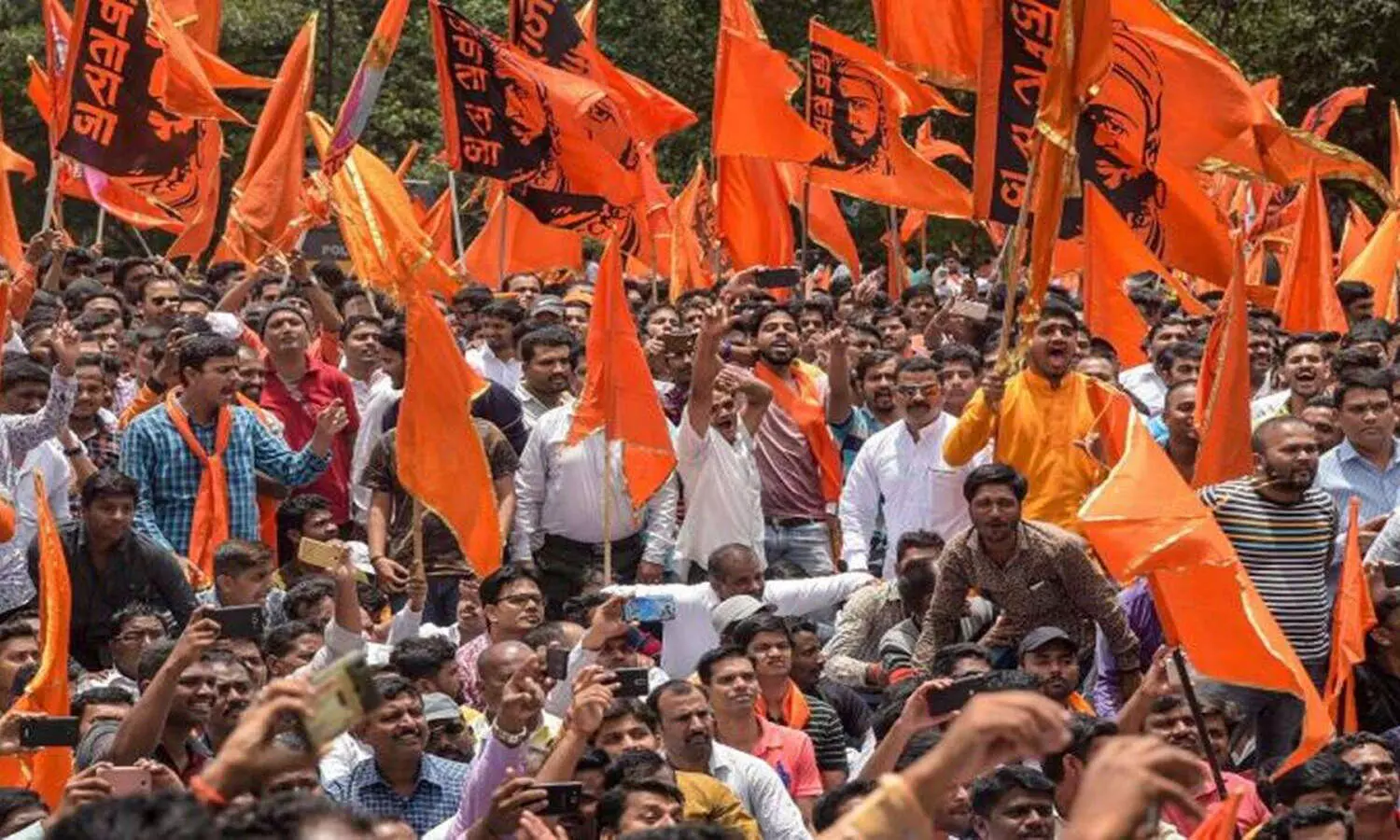TRENDING TAGS :
India's Women Voters Poised to Surpass Men by 2029
Understand the evolving political landscape, strategies employed by political parties, and the global context.
India's Women Voters Poised to Surpass Men by 2029
In a landmark revelation, a recent report by the State Bank of India (SBI) foresees a transformative shift in India's electoral landscape, predicting that women voters will outpace their male counterparts by the 2029 general elections. The report presents a compelling narrative of evolving gender dynamics in Indian politics.
Women's Rising Electoral Power: A Glimpse into the Future
The SBI report, a harbinger of changing times, projects a significant milestone in the 2024 general election. With an estimated total voter turnout of 68 crore, women are anticipated to constitute 49%, reaching approximately 33 crore. However, the real watershed moment unfolds from 2029 onwards, as women voters are expected to surpass registered male voters, with 37 crore against 36 crore, marking a paradigm shift in the electoral dynamics.
Political Outreach: BJP and Congress Target Women Voters
Recognizing the burgeoning influence of women voters, political parties, including the Bharatiya Janata Party (BJP) and the Indian National Congress, have intensified efforts to woo this critical demographic. Initiatives such as gas subsidies and cash handouts have become pivotal strategies to engage and garner support from women voters.
Projections for 2047: Shaping the Future Landscape
Looking ahead to 2047, the report speculates a further increase in women's voter turnout, reaching 55%, while men's participation might dip to 45%. These projections hint at a potential reversal of historical trends, indicating a future where women play an increasingly decisive role in shaping the political narrative.
Historical Context: Tracing the Ascendance of Women in Indian Politics
The report contextualizes the evolving role of women in Indian politics by revisiting historical elections. In 1951, a mere eight crore individuals participated in the electoral process. Fast forward to 2019, where the voter turnout surged to 55 crore, with women constituting 26 crores, a stark increase from 19 crores in 2009. The 2019 Lok Sabha elections witnessed a higher turnout among women (67.18%) compared to men (67.01%).
State Elections and Re-election Trends: A Correlation Emerges
Analyzing state assembly elections over the past five years in 23 major states, the report highlights a consistent pattern where women's voter turnout surpassed that of men in 18 states. Intriguingly, in 10 of these states, the incumbent government secured re-election, pointing to the emerging significance of the women's vote bank.
International Benchmarks: India's Progress and Challenges
While India has made strides in women's political participation, the report draws attention to the global landscape. Scandinavian countries like Sweden, Norway, and South Africa boast over 45% women representation in national legislatures. In contrast, Japan lags behind at 10%, underscoring the need for continued efforts to enhance women's political representation in India.
Conclusion: Navigating a Transformative Future
As India traverses this transformative journey, characterized by shifting electoral dynamics, the onus is on political leaders and stakeholders to foster an inclusive political landscape. The rising influence of women voters is not just a statistical projection; it represents a powerful force shaping the future narrative of Indian democracy. Political strategies and policies must align with this changing reality to ensure a more representative and equitable political landscape.



